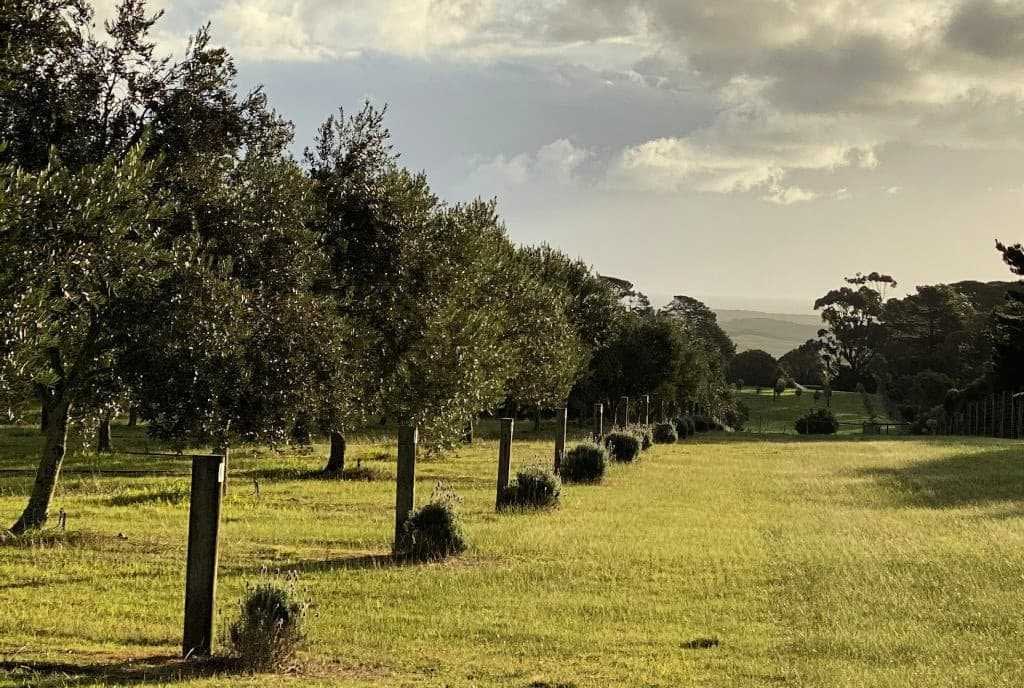Labor Shortages, Recent Floods Create 'Insane Situation' as Australian Harvest Begins

Labor shortages in Australia, which have caused tons of agricultural produce to rot, are spilling over to the olive sector as the country’s growers started harvesting last month.
Even though Australian olive growers — unlike many others in the produce industry — are primarily reliant on mechanical harvesters, they have not escaped the acute labor shortages brought about by Covid-19 travel restrictions.
Labor is stretched, and finding the right connections with the skills and availability is a challenge. Some fruit may not be able to be harvested or maybe not at the optimal time.
Being heavily reliant on young foreign laborers in the produce industry pre-Covid – typically more than 200,000 backpackers would account for 80 percent of Australia’s workforce during harvest time – the country is now faced with a shortfall of 26,000 farm workers.
Local olive growers are concerned that these shortages could bring their mechanical harvesting equipment to a grinding halt.
See Also:Olive Oil Consumption Hits Record High in Australia“There are many producers in Australia who have advised our office of labor shortages for the operation of mechanical harvesting machines and olive oil processing machines, and labor for fruit picking,” Amanda Bailey, an Australian Olive Oil Association (AOOA) committee member, told Olive Oil Times.
“Labor is stretched, and finding the right connections with the skills and availability is a challenge,” she added. “Some fruit may not be able to be harvested or maybe not at the optimal time.”
Bailey, who focuses on Australia’s grassroots olive oil industry, said the AOOA is “trying to connect producers and have some of our answers coming from our backyard.”
“I believe this is a time for finding industry connection,” she added. “When harvesting contractors are working in a particular area, they should harvest for every producer in that area.”
Bailey said that is exactly the trend they are seeing presently, with individuals working in several processing plants in addition to harvesting for multiple growers.
“Pre-Covid, producers were in competition, but now they are working together,” she said.
Another challenge farmers and producers are dealing with is the mining industry, which pays higher wages and is exacerbating the problem for olive growers. “The competition is insane,” Bailey said.
Along with the worker shortage, the Australian olive industry is also being impacted by a shortage of agronomic experts, many of whom are trapped abroad due to pandemic-related travel restrictions.
“This adds to a multitude of factors that are creating an insane situation,” Bailey said. “[This is] a unique situation across the board and a race against the clock.”
Australia’s labor predicament has been exacerbated by the recent floods in New South Wales, the country’s worst natural disaster of this nature in decades.
“Some farmers have reported back a 40 percent fruit drop, which has been a let-down this year with us looking forward to a bumper harvest after last year’s oil drought,” Bailey said.
See Also:2021 Harvest UpdatesHowever, Bailey is still hopeful for a bumper harvest this year. “They [growers] are left with a lot of product they can use,” she added.
Sui Tham, co-owner of Cape Schanck Olive Estate south of Melbourne, told Olive Oil Times that they have sidestepped the recent labor shortages thanks to relying on local labor for the past three years, but added “other groves may not be as fortunate as we are.”
Tham echoed Bailey’s concerns and said there “remains a critical shortage of seasonal workers” across the country.
“The dearth of these seasonal workers will certainly affect their [olive growers’] efficiencies in grove maintenance, harvesting, processing and the cost of their oil,” Tham said.
David Valmorbida, the president of the AOOA, also echoed Bailey’s concerns about the recent floods.
“Generally speaking, olive trees, after their juvenile growth period, are a very sturdy plant, and they love a good watering,” he said. “However, given we are at the cusp of starting the new harvest, excess rain may cause a number of issues, ranging from stripping the trees of the fruit and foliage and damaging the fruit through the heavy rain.”
“An excess of water in the weeks prior to harvest can mean there will be unusually high water content in the fruit, which can reduce oil quality as well,” Valmorbida added.
“It will depend on a farm-by-farm basis as to whether the trees and fruit have been damaged,” he concluded. “Of course, more generally, a flood can damage the farm and potentially cause erosion of the topsoil among other issues.”






